The self-driving vehicles can accommodate up to three passengers.
Ten self-driving taxis will be deployed for public use in Jumeirah area by the end of this year, with fares comparable to limo taxis, a senior official at Dubai’s Roads and Transport Authority (RTA) has exclusively confirmed to Khaleej Times.
Khaled Al Awadhi, director of Transportation Systems, Public Transport Agency at RTA, said the RTA will add more autonomous taxis in the same area next year until the gradual deployment of 4,000 driverless cabs across Dubai by 2030.“The fare is not yet finalised, but it will be comparable to what is currently charged by limo taxis, which are usually 30 per cent higher than regular taxis in Dubai. The self-driving taxi can sit up to three passengers at the back, with no passenger allowed in the front,” noted Al Awadhi in a phone interview on Wednesday night, following the announcement by the RTA that US-based self-driving technology company Cruise, a subsidiary of General Motors (GM), has started digital mapping of the Jumeirah 1 area.
RTA and Cruise have earlier joined forces to run autonomous taxi services in the city, making Dubai the first non-US city to commercialise Cruise self-driving cars that are all-electric and emission-free. Dubai will exclusively have only Cruise taxis until 2030.
Bolt taxis
The car model of the 10 self-driving taxis is Chevrolet Bolt, the same self-driving sedans deployed by Cruise to conduct data collection and testing of technology for traffic signals, signages, and drivers’ behaviour in the Jumeirah 1 area. It is equipped with a suite of sensors, including LiDAR (laser sensor that uses near-infrared light to detect the shapes of objects), cameras, and radars to determine the distance of objects.

Ahmed Hashem Bahrozyan, CEO of RTA’s Public Transport Agency, earlier said in a statement: “Data collection and testing is a crucial phase in Dubai’s quest for excellence in smart mobility and advanced technology. The work being done will ensure Cruise’s advanced generalisable AI (artificial intelligence) and autonomous driving systems safely adapt to Dubai traffic conditions.
He added: “The launch of autonomous vehicles will bring a positive impact on Dubai’s transportation landscape and wellbeing… The rollout of autonomous vehicles will alleviate traffic congestion, lower the number of traffic accidents, and cut harmful emissions.”
For tourists and residents
Meanwhile, Al Awadhi said the choice of the Jumeirah area in the initial rollout phase is because of its strategic location and historic tourist attractions.
Initially, the 10 self-driving Cruise taxis will only operate within the confines of the Jumeirah area, meaning pick up and drop off are limited in the same area. “The route is between Etihad Museum and Dubai Water Canal,” Al Awadhi shared.

But the route is not only limited to one road, as the 8km stretch between Etihad Museum and Dubai Water Canal starts from Sheikh Zayed Road to the beach side in Jumeirah, meaning commuters will enjoy riding a driverless taxi when they go to La Mer Beach, Mercato Mall, Coca Cola Arena, City Walk, Galleria Mall, Box Park or any of the numerous restaurants and cafes along Jumeirah and Al Wasl roads.
They can also take the driverless taxis when they move around the consular offices of South Korea, Kenya or Morocco; or when they go to Jumeirah Archaeological site, Four Season Resort Hotel, Mandarin Oriental, Dubai Ladies Club, Al Wasl Park, Iranian Hospital or Canadian University Dubai; or when they visit friends and families living in the residential flats and villas in Jumeirah.

Al Awadhi added that Bolt taxis will follow the same speed limits in the Jumeirah area, which is 70kph both along Al Wasl and Jumeirah roads.
More to come
Aside from the three-passenger Chevrolet Bolt EV (electric vehicle), Al Awadhi said Cruise will also roll-out in Dubai its shuttle-like Cruise Origin that can accommodate up to six passengers.
Origin is the product of a multi-year collaboration with parent company GM and investor Honda that is designed for a ridesharing service. According to Cruise, “the shuttle-like vehicle has no steering wheel or pedals, and is designed to travel at highway speeds. The interior is roomy, with seats (that can sit up to three passengers on each side) facing each other.”
“Seats have personal USB ports and digital displays are located above to give travellers information about their rides.”

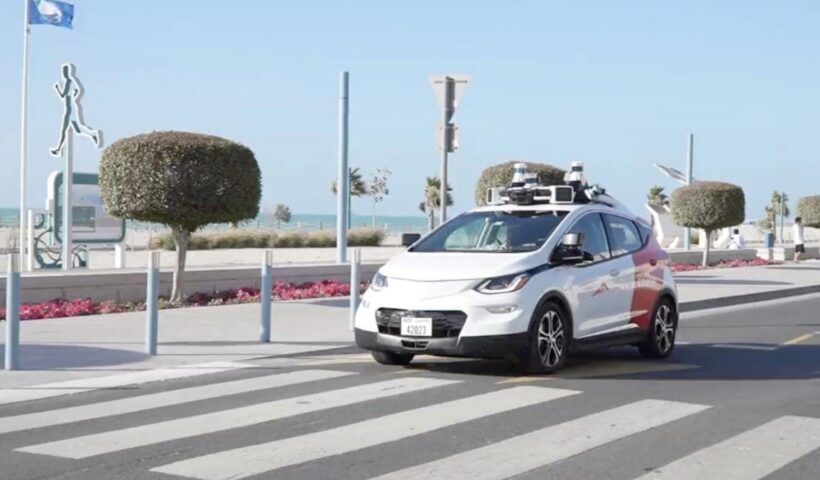

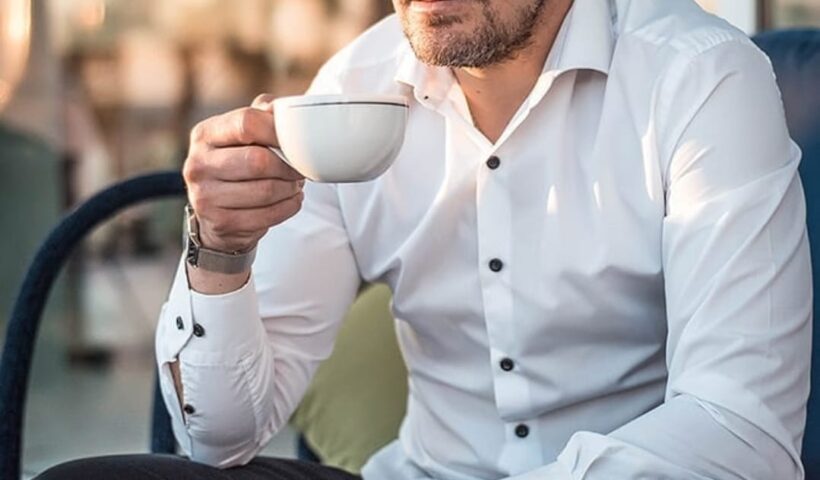
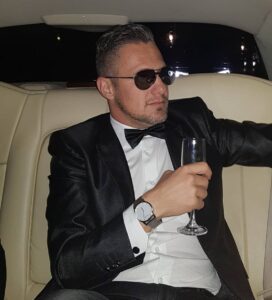
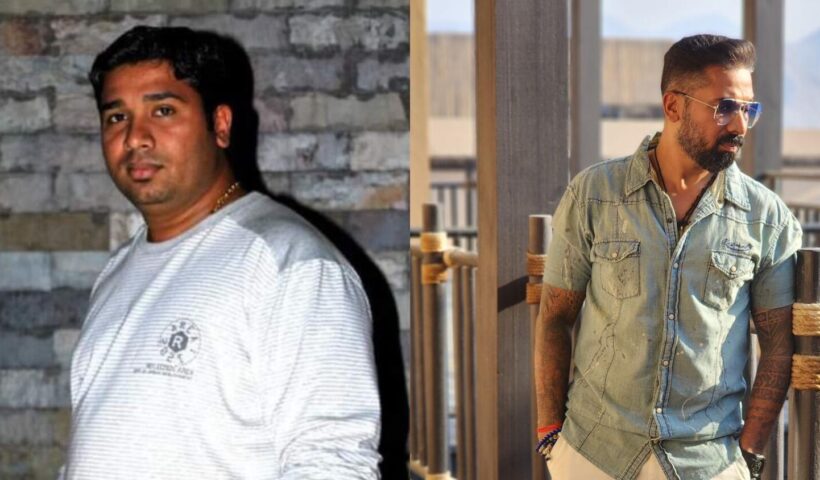



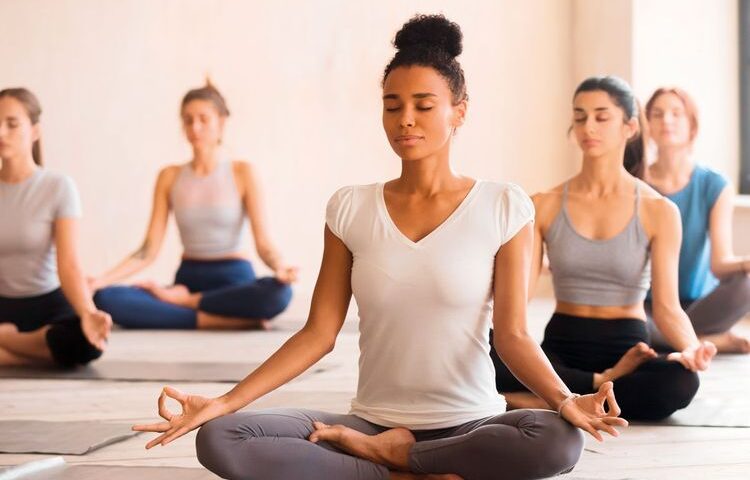




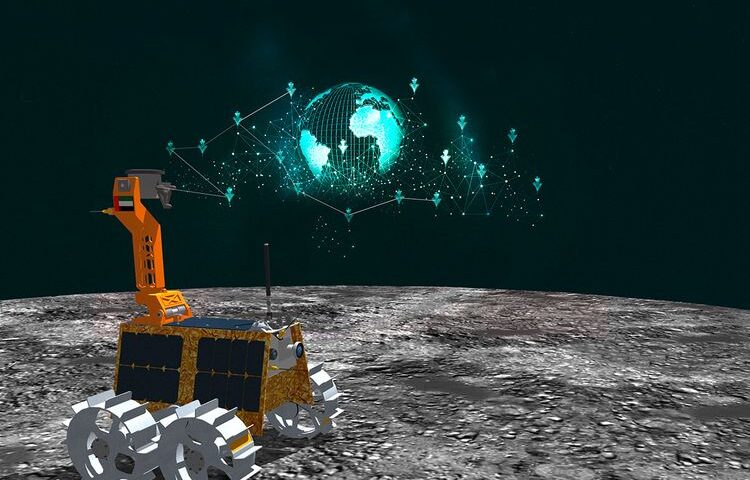

:quality(70)/cloudfront-eu-central-1.images.arcpublishing.com/thenational/T4WK4PATW52DWSBOHYOWBEWLGQ.jpg)